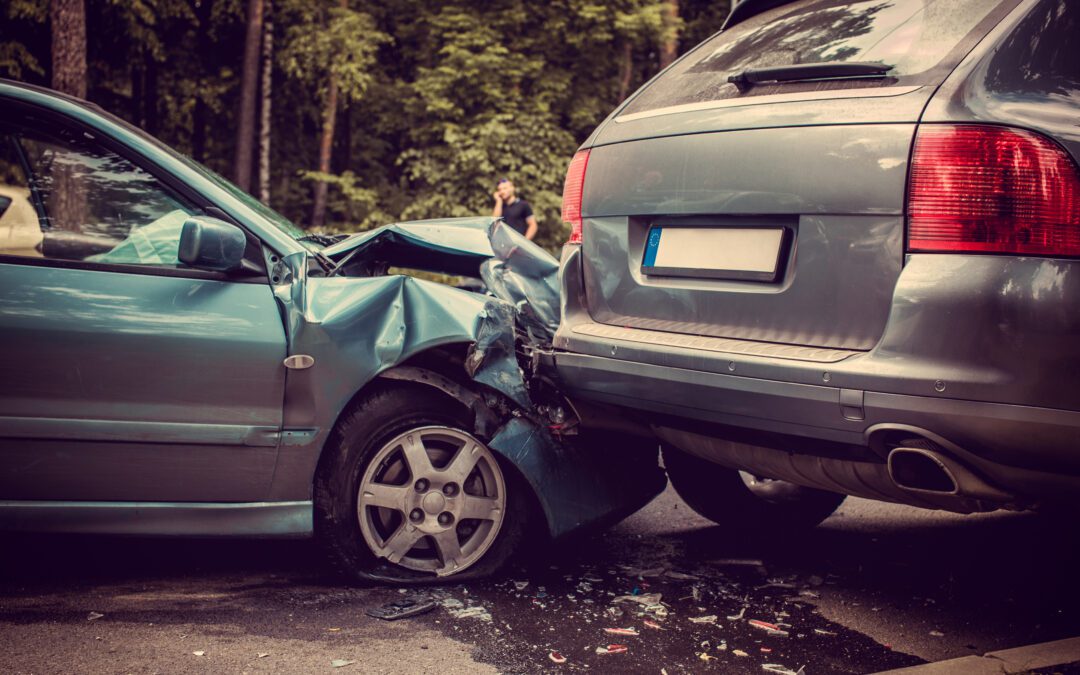The screeching sound of metal against metal, the jolt of impact, and the rush of adrenaline leave you shaken and disoriented. However, as the dust settles, a pressing question looms: who is at fault? Determining fault in a sideswipe collision is like untangling a web of clues, where every detail matters.
Read more to learn about how to determine fault after a sideswipe collision, as well as how to collect evidence and reclaim your rights on the road.
Gather Evidence and Document the Scene
After a sideswipe collision, the first step is to ensure everyone’s safety and then gather as much evidence as possible. Here are some basics to cover while putting together evidence:
- Take photos of the accident scene, including the positioning of the vehicles, skid marks, and any visible damage.
- Write down the time, date, and location of the incident.
- Collect contact information from any witnesses who may have observed the collision.
Police Reports and Statements
Contact the police and file an accident report, even if the collision seems minor. When the police arrive, try to give an accurate account of the events leading up to the sideswipe collision. The police report will contain important details, including statements from involved parties and witnesses. Insurance companies and legal professionals often refer to the police report to determine who bears responsibility for the collision.
Explore Traffic Regulations
Determining fault in a sideswipe collision involves assessing if there were any traffic violations. Each jurisdiction has specific regulations regarding lane changes, signaling, and right-of-way. Reviewing these laws can help identify any violations committed by one or more parties involved in the collision.
Eyewitness Testimonies and Expert Opinions
Eyewitnesses can provide valuable accounts of the sideswipe collision to set out the facts of the event and clarify who might be responsible. Their testimonies may corroborate or contradict the reports of the parties involved.
Additionally, expert opinions from accident reconstruction specialists or forensic engineers can offer an unbiased collision analysis. They examine factors such as vehicle damage, skid marks, and the physics of the accident to determine the most likely sequence of events.
Insurance Policies and Comparative Negligence
Insurance policies often include provisions for determining fault in accidents. In some jurisdictions, the fault is divided based on each party’s contribution to the collision (comparative negligence). Understanding the insurance policy terms and the legal framework of comparative negligence in your jurisdiction is essential for navigating the claims process.
Consultation with Legal Professionals
When determining fault in a sideswipe collision, seeking guidance from experienced legal professionals can protect your rights and maximize your chances of a fair outcome. Consulting with an attorney specializing in accident claims can provide valuable insights into your case’s legal aspects. They can review the evidence, analyze the circumstances surrounding the collision, and help establish a strong argument for fault determination.
With their expertise, they can navigate the complexities of insurance policies, negotiate with insurance companies on your behalf, and ensure that you receive the compensation you deserve. Remember, having a skilled legal advocate by your side can significantly affect the outcome of your sideswipe collision claim.
If you are involved in a sideswipe collision or another car accident, you don’t have to face it alone! Craig J. Concannon, P.C. has an experienced team ready to fight for your rights. Our dedicated attorneys understand the intricacies of accident claims and will work tirelessly to help you seek the compensation you deserve. Contact us today by calling +1 (314)421-3329!

